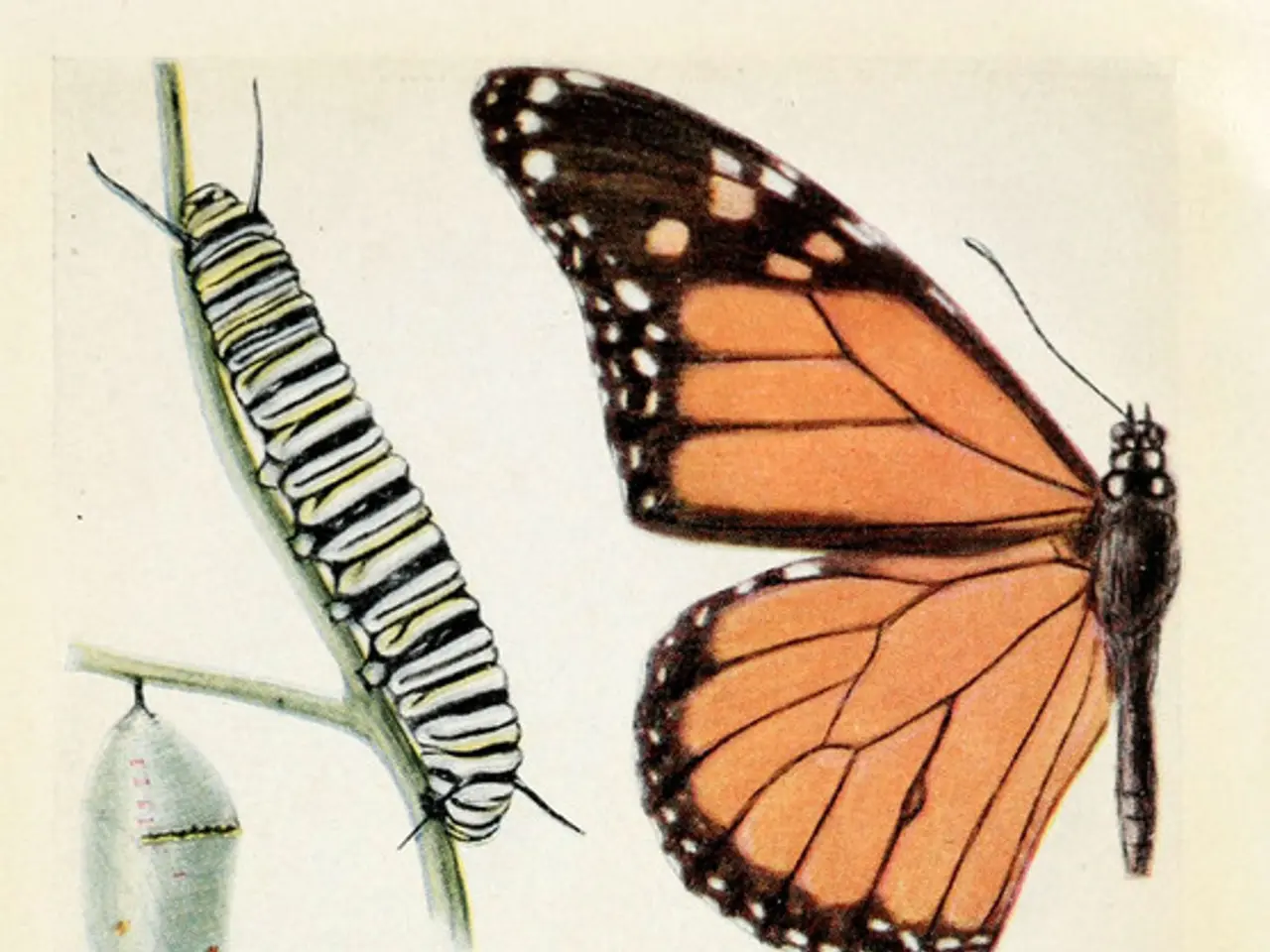Animals exhibiting intelligent health care: 5 species managing and warding off medical issues independently
In the heart of southeastern Arizona, biologist Michael Singer made an unusual discovery in August 1993. Woolly bear caterpillars were grazing on a variety of plants, a behaviour uncommon for caterpillars. Upon closer inspection, Singer discovered that these caterpillars were sick and seeking out toxic plants containing pyrrolizidine alkaloids to self-medicate their parasitic infections.
Across the globe, in Africa and Gabon, primatologists have observed similar behaviours in chimpanzees. In 1987, primatologist Michael Huffman, now a professor at the Wildlife Research Center of Kyoto University, noticed Chausiku, a chimpanzee, chewing on the bark of the Vernonia amygdalina shrub, which is not a normal part of her diet. Huffman speculated that Chausiku might be self-medicating due to her symptoms.
Huffman's research suggested that Chausiku might have had a nodular worm infection in her gut. To treat her injury, Chimpanzee Freddy, with a day-old wound on his left arm, was observed plucking off an unidentified insect and pressing it against his gash. Other chimps were observed sharing insects with wounded companions.
In Gabon, a 2022 study found that chimpanzees were using squished insects to tend to their wounds. The behaviour could be a social custom learned within the community or a response to the unambiguous context of the wounds. Simone Pika, a comparative biocognition researcher, suggests that the chimpanzee behaviour may be a form of medication but its effectiveness in wound healing is still unknown.
Meanwhile, in Mexico City, local birds were found to line their nests with shreds of cigarettes. Constantino de Jesús Macías García suggests that cigarettes are used as a prophylaxis (practice to prevent disease) for urban birds in lieu of aromatic plants. An experiment with over 50 bird nests found that nests with cigarette butts attracted significantly fewer mites, lice, and ticks than non-smoker counterparts.
However, exposure to cigarette butts was found to damage the red blood cells of both bird chicks and adults. Interestingly, chicks weigh more the more cigarette butts are used in the construction of their nests. This paradoxical finding suggests a complex interplay between the harmful effects of cigarettes and their potential benefits as a deterrent to parasites.
Monarch butterflies also exhibit intriguing self-medication behaviours. When infected with the disease Ophryocystis elektroscirrha, they eat milkweed species containing higher levels of cardenolides to prevent infection in their offspring. This behaviour, while beneficial, comes with its own risks, as cardenolides can be toxic to the butterflies.
In conclusion, the behaviours observed in these animals highlight the complexity of animal intelligence and the potential for self-medication in the wild. Whether these behaviours are learned or innate, and whether they offer more benefits than risks, remain questions for future research.
Read also:
- Peptide YY (PYY): Exploring its Role in Appetite Suppression, Intestinal Health, and Cognitive Links
- Toddler Health: Rotavirus Signs, Origins, and Potential Complications
- Digestive issues and heart discomfort: Root causes and associated health conditions
- House Infernos: Deadly Hazards Surpassing the Flames








